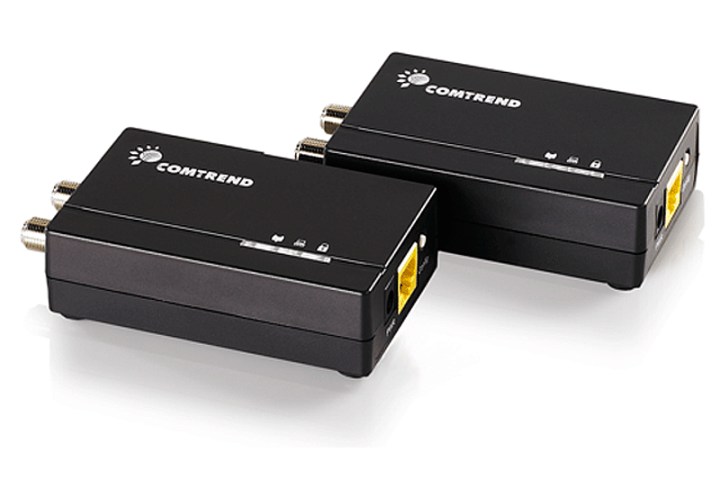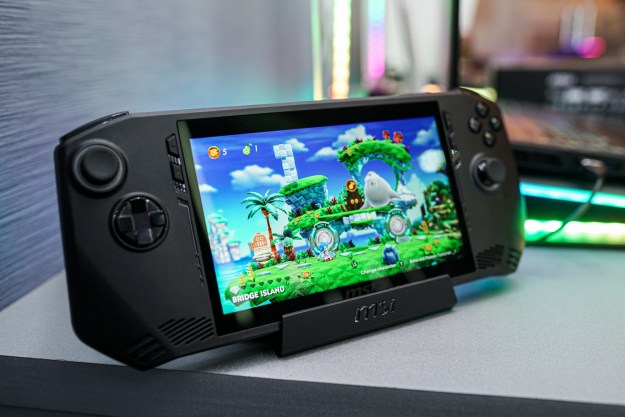
Meet the G.hn Ethernet Over Coax Adapter, a device that’s based on the G.hn standard to extend a local network by using existing coax cables. That means consumers don’t have to purchase lengthy Ethernet cables to get devices on the Internet, but instead utilize the coaxial cables that are typically already installed in a home or office. The catch is that these cables can’t be used for anything else, such as sending video or additional data transmissions.
The G.hn specification is backed by the International Telecommunications Union and enables the transmission of data over three “legacy” cables: home power lines, coaxial cables, and telephone lines. The networking specs promise speeds of up to 1 Gbps, providing a faster alternative to adding wireless adapters and wireless network extenders. The specification also includes Forward Error Correction (FEC) technology, improving video lag and video quality.
The adapter offered by Comtrend can support up to 32 devices within a G.hn Coax Adapter cable network. The device can be managed by using a Web browser, and can receive upgrades over the local network. It also features AES 128-bit encryption and a one-button security setup.
To get an HDTV up and running, consumers will need at least two adapters: one that connects to the TV (directly or indirectly) and one connects to a modem, router, or access point. The first adapter would connect to the router via an Ethernet cable, a coaxial cable jack mounted in the wall, and the power outlet, while the second would connect to the power outlet, the coaxial cable jack, and an Ethernet-based device like a smart TV, set-top-box, game console, and so on.
Of course, this setup is intended for homes and offices that have coaxial cables installed within the walls. Customers can drape coaxial cables along the bottom of walls if cables aren’t pre-installed, but that defeats the purpose of Comtrend’s kit and customers might as well purchase long Ethernet cables instead.
Comtrend’s G.hn Ethernet Over Coax Adapter is offered in a two-piece kit for $100. Outlets selling this product can be found here. While powerline Ethernet adapters strike us as more versatile, these new coaxial adapters present an alternative for homes that have extra coax jacks, but lack a wealth of power outlets.


